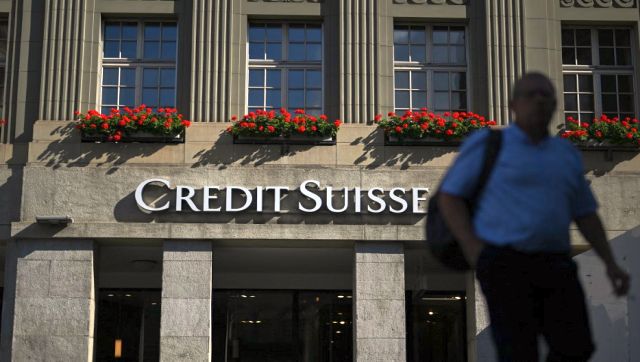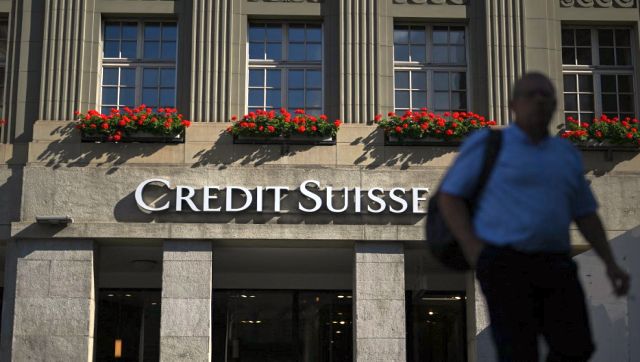US Treasury Secretary Tim Geithner told Finance Minister Pranab Mukherjee recently that India needs to open up the financial sector and allow foreigners to invest in the Indian banking sector. Global banking giants like HSBC and Standard Chartered have made India and emerging markets the focus of growth. A broader positive sentiment made investors in the Indian equity market put money in banking sector shares despite rising interest rates.
Over the past one year, bank shares have outperformed the broader market. The BSE Bankex, a sectoral index, rose 20.8 percent while the BSE 500, a broader index, gained only 3.3 percent, indicating a relative outperformace by banks shares.
However, investors are also showing a clear preference for private sector banks over public sector banks within the sector.
Hence, HDFC Bank (up 32 percent over the past one year), ICICI Bank (21 percent), and Yes Bank (18 percent) have fared better than state-owned banks like State Bank of India (up 7 percent), Punjab National Bank (up 10 percent), and Andhra Bank (down 3.8 percent).
Stock broking firm Emkay Shares estimates the compounded annual growth rate (CAGR) in the net profit of public sector banks to fall to 13.4 percent over the next two financial years to 2013. This is against 20 percent growth in net profit witnessed during two financial years to 2011.
The net profit growth rate for private sector banks is expected to grow at 23 percent over the next two years to 2013. This is against a 27 percent witnessed over 2009-11.
Here are some reasons why public sector banks are losing favour:
• PSU banks absorbed nearly Rs 18,000 crore on account of additional provisions for employee compensation in the fourth quarter of 2010-11 and an estimated liability of Rs 22,000 crore that will be amortised over the next four years. This is likely to offset the impact of operational efficiencies on overall operating cost levels.
• The central bank has increased the cost of funds nine times during this period. Credit rating agency ICRA estimates that rising interest rates are expected to hurt public sector banks more than private sector banks. The adverse impact on public sector banks on account of the rise in interest rates would be of the order of up to 20% of 2011-12 in terms of pre-tax profits. This is largely because private sector banks get more of the profits from fee-based incomes - that is by offering guaranatees, advisory services, issue of drafts, etc.
• For the year ended March 2011, private sector banks reported fee-based income of 34.47 percent on operating income against public sector banks’ 26 percent. This indicates that private sector banks are relatively less hit by rising interest rates than public sector banks.
• The net interest margins for private sector banks continue to remain higher than their public sector peers on the back of the higher yield on advances and better capitalisation levels as compared to public sector banks. This is despite relatively higher cost of funds for private banks. In addition to the decline in operating profitability, credit provisioning levels also increased for public sector banks, leading to a drop in net profitability. (See table)
• Private sector banks continued to report an improvement in their profitability in the fourth quarter of 2010-11, through better control over operating cost levels and credit costs
• During year ended March 2011, the gross non-performing assets (bad loans) for the 42 banks under ICRA’s review increased by 20.25 percent to Rs 93,600 crore against a rise of 25.80 percent in 2009-10 and 17.54 percent in the year before. This was largely on account of the 25.12 percent rise in public sector banks during 2010-11. Among public sector banks, the non-performing assets (NPAs) of the SBI group increased by 29.15 percent as on March 2011, while other public banks registered an increase of 22.52%. The NPAs of the private sector banks remained nearly stable with a moderate 3.82% increase.
• The return on equity (RoE) of public sector banks is likely to be hurt due to adjustments for pension costs. The return on equity is the profit the bank earned in comparison to the equity. According to securities firm Emkay Shares & Stock Brokers, the return on equity for public banks (adjusted for pension costs) is expected to fall to 21 percent in by March 2013 against 25 percent in March 2011. For private banks, the return on equity is expected to improve to 15.7 percent percent by March 2013 from 13.5 percent in the year ended March 2011. This would be largely driven by an improvement in the return on equity of ICICI Bank.


)




)
)
)
)
)
)
)
)